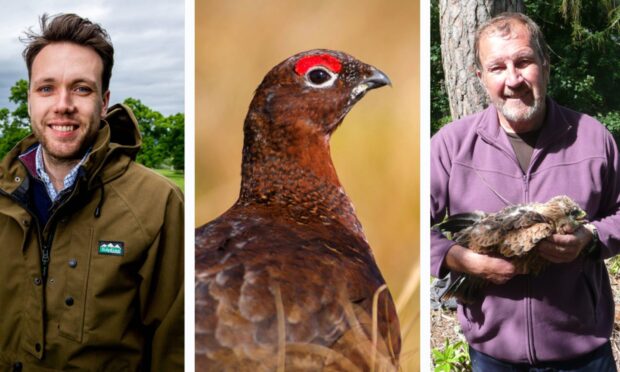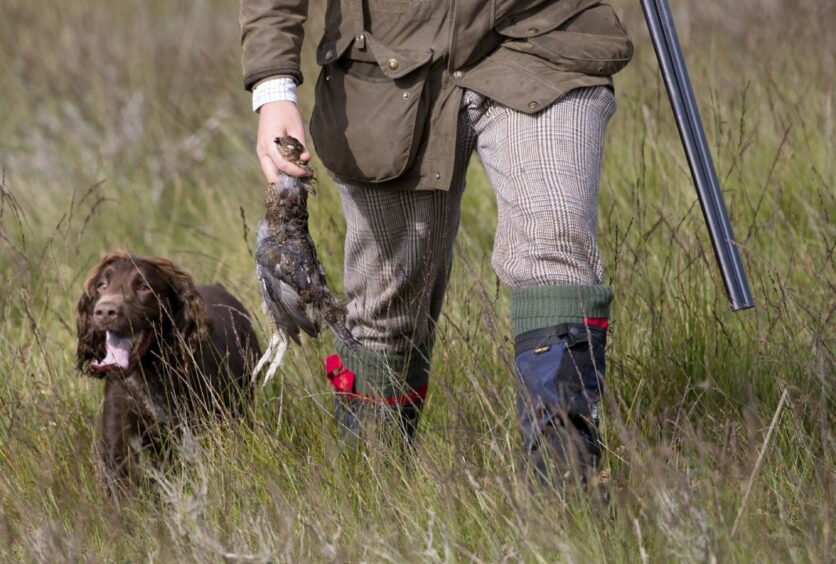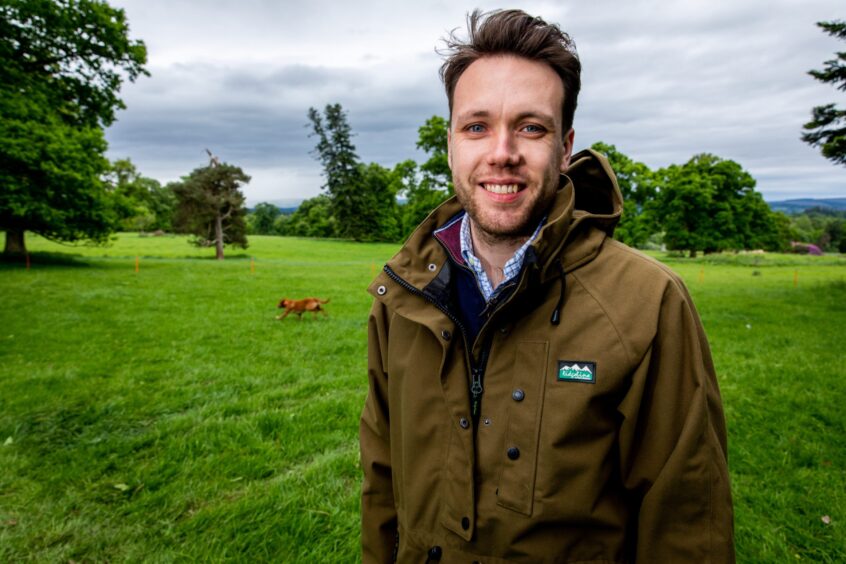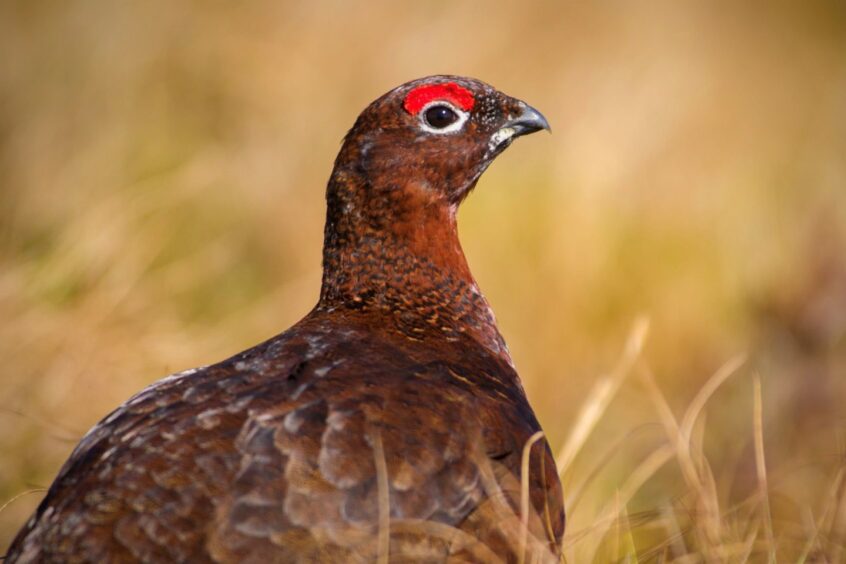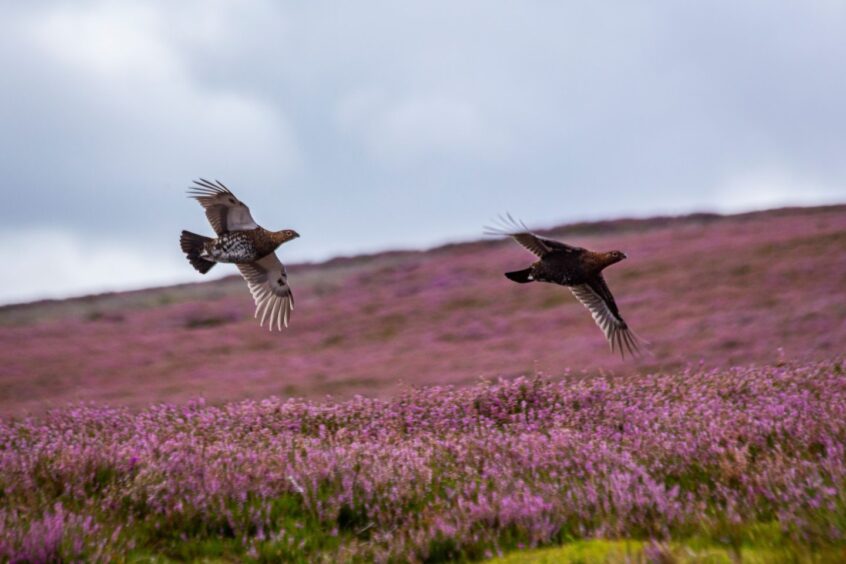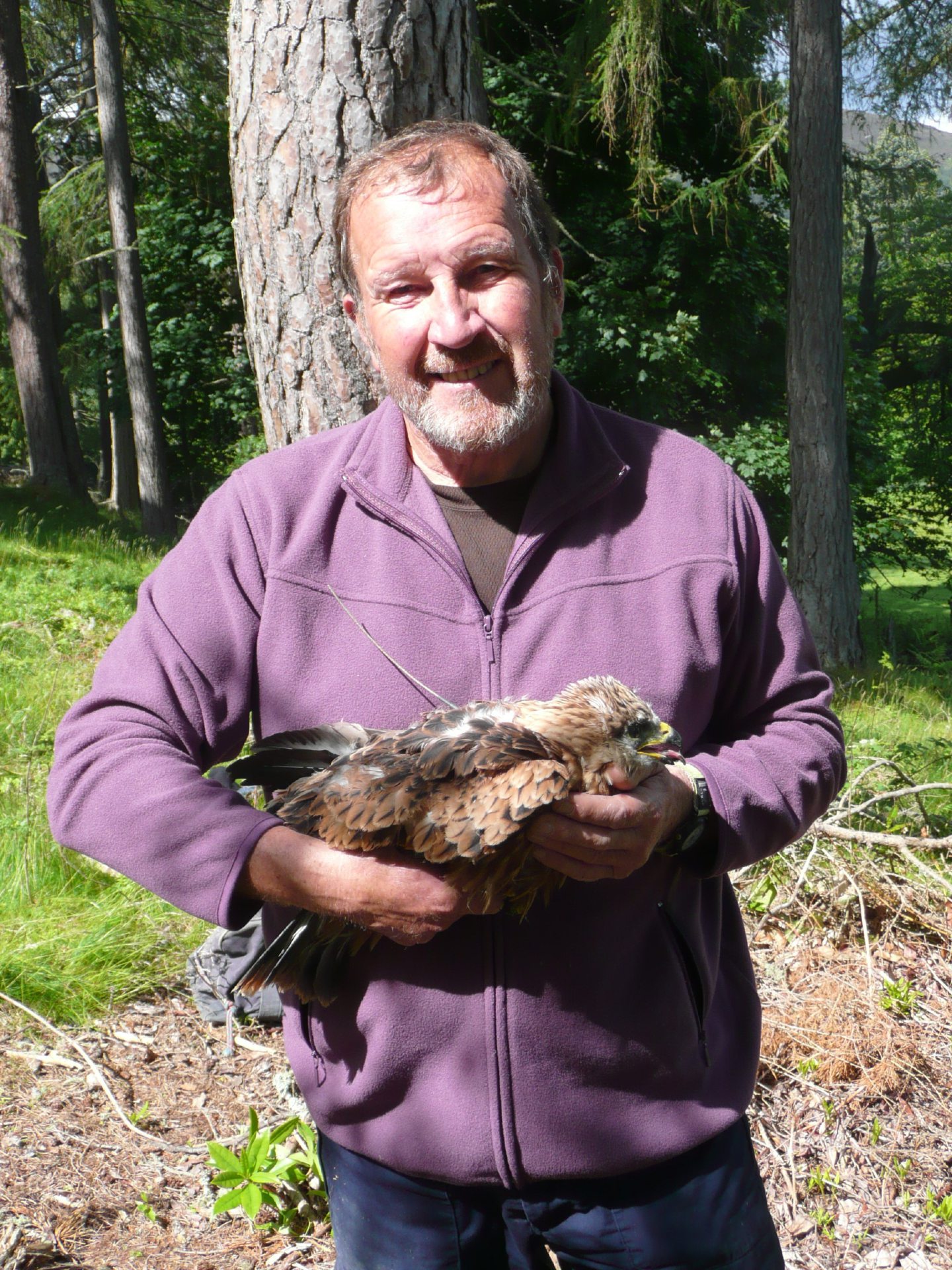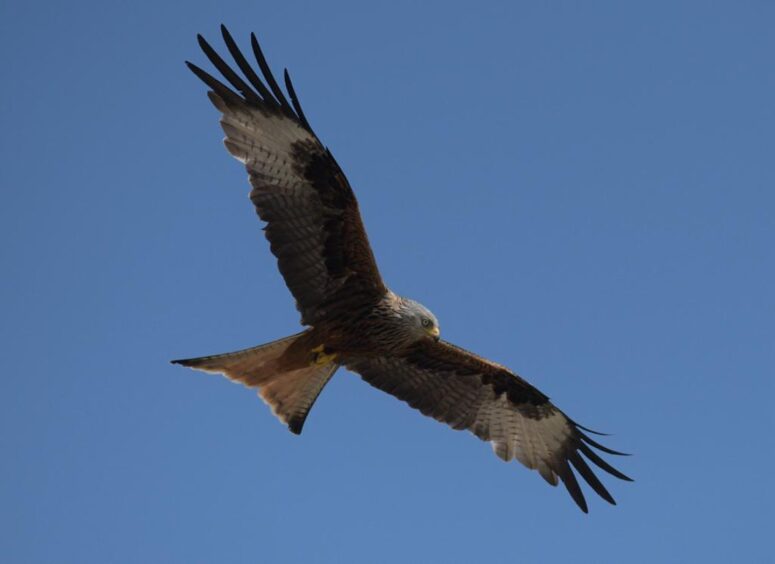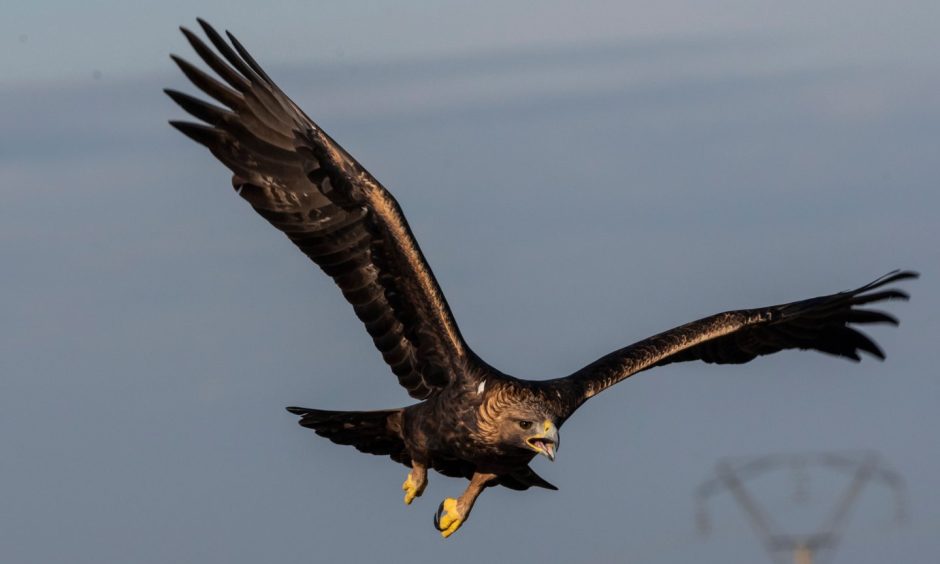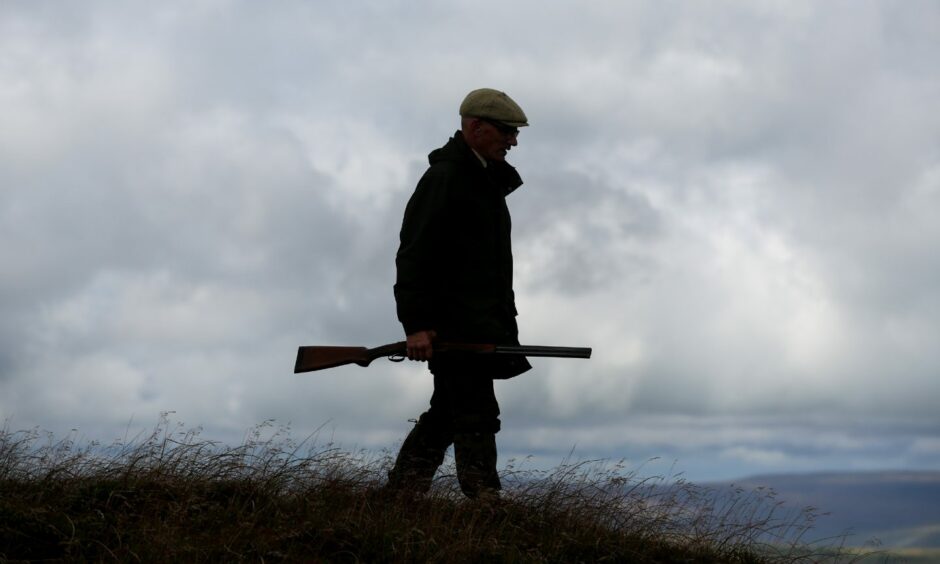August 12 may just be another midsummer day for most of us, but for estates across Highland, Moray and Aberdeenshire it’s a highlight in the calendar.
Known as the Glorious Twelfth, the date marks the start of the red grouse shooting season which runs until December.
It’s a day rooted in tradition, particularly in Scotland, and despite the cold, wet weather gamekeepers are “cautiously optimistic” for this year’s season.
According to NatureScot, driven grouse shooting is worth an estimated £30 million a year to Scotland’s economy.
Yet, despite its long tradition and benefits to the local economy, many believe it is cruel and negatively impacts the environment.
So, is it a “glorious” celebration or an outdated bloodsport that needs to change?
We’ve asked a shooting organisation boss and a retired RSPB officer for their thoughts…
Grouse shooting ‘vital’ to rural economy, says shooting organisation boss
Peter Clark, originally from Oldmeldrum, is the director of the British Association for Shooting and Conservation (BASC) in Scotland.
He believes landowners act as custodians, recognising the “crucial role” sustainable land management plays in preserving the unique wildlife and flora of the moorlands.
And, according to Peter, grouse shooting is vital to the economy of rural upland communities — and not just because it generates income for sporting estates.
“Overall shooting contributes £780 million to the Scottish economy, providing a much-needed boost to combat rural depopulation,” he argues.
“Grouse shooting employs more people per hectare than other similar land uses in upland areas.”
And, says Peter, the conservation value of shooting in Scotland is £176m.
‘Managing predators helps key red-listed species’
Peter also argues that sustainable management of grouse moors benefits the uplands and biodiversity.
This includes managing invasive species, pests and predators — which he says is “crucial” for protecting ground-nesting birds.
He added: “This landscape is teeming with biodiversity, including many red-listed species such as the curlew, lapwing, oystercatcher, ring ouzel, and redshank.
“Managing invasive species, pests, and predators, especially during critical periods like nesting, helps protect these key species.
“The benefits of grouse moor management are evident when comparing moorlands managed for grouse shooting with those that are not; unmanaged moorlands often suffer from high predation rates, leading to a decrease in vulnerable species and overall biodiversity.”
Muirburn (controlled burning of heather) is another key land management practice.
Peter argues that research shows land managed for driven grouse shooting experiences slower depletion of heather over several decades.
He went on to say moors where grouse shooting has stopped saw a 41% reduction in heather cover, while those that continued only saw a 24% decline.
The new rules estates have to deal with for 2024… but Peter is confident for future
This is the first grouse season since the Wildlife Management and Muirburn (Scotland) Act was passed.
It is the most substantial regulation in decades, and BASC opposed the licensing of grouse shooting, muirburn, and trapping from the beginning.
Throughout the legislative process, they actively lobbied to protect the interests of grouse shooting against the proposed restrictions.
However, the Act has restricted some predator control tools, including snares, despite BASC’s efforts to keep humane cable restraints.
Peter believes this restriction could “negatively impact” grouse and other vulnerable birds.
Peter finished: “As the new licensing regimes come into effect, this year’s grouse season, like those before it, will celebrate the dedication to grouse moor management.
“Despite the challenges posed by the new licensing system, there is confidence that the sporting sector will demonstrate resilience and strength for years to come.”
What does a former Highland RSPB officer say about grouse shooting?
Brian Etheridge retired from the RSPB eight years ago, but throughout his career he was involved in the reintroduction of hen harriers and red kites in the Highlands.
After spending years investigating and researching the persecution of birds of prey on some grouse moors, Brian, who lives in Wester Ross, says he is opposed to the sport.
He told the Press and Journal that some gamekeepers kill raptors like the red kites, hen harriers and other protected birds to protect the red grouse.
Reflecting on his work, Brian said: “It’s occurring in these big private estates in remote areas, where it’s very difficult to see what’s going on, and it’s very difficult to find the individual.
“So you may find a poisoned kite on these estates, or you might find a shot hen harrier stuff down a rabbit hole, you can’t get a prosecution against an individual because it’s virtually impossible to find the individual responsible.”
He went on to say other predators like foxes, stoats and weasels are routinely killed to protect the game birds.
“It’s an industry based on the killing of wildlife,” he sighed.
“They’re not doing that to benefit curlews or lapwings or skylarks. By killing predators, yes, it’s going to benefit these other species, but the main purpose of killing these common predators like stoats and weasels and foxes, is not to protect curlews at all.
“They’re doing it to maximize the number of grouse available for them to shoot so that they can be shot later.
“And no one knows the number of these animals that are killed — killed religiously because they exist.”
‘People should come to Scotland to see nature, not shoot it’
Brian believes that wildlife tourism could generate “far more revenue than the killing of wildlife” for Scotland.
And he thinks birds of prey in particular are a popular draw for tourists.
“People want to see wildlife, they want to come to Scotland and see these birds of prey,” he said. “They want to see sea eagles, they want to see hen harriers.
“Scotland has the only population of golden eagles in the British Isles, and people come to Scotland to see them.
“But there are only a few places where they can go, and a grouse moor is not the place to see a golden eagle — but there’s no reason why they shouldn’t be able to do that.”
He highlighted the Isle of Mull, where a tourism industry has been built around the presence of golden, white-tailed, and sea eagles.
“It’s a special place,” he added. “And that should be everywhere.”
Grouse shooting might not have ‘place in modern society’ says Brian
Brian said it is estimated that 200,000 grouse are shot every year — but again no one knows just how many.
He fully supports the new legislation, and thinks it’s brilliant that Scotland is taking the lead.
But, he maintains if a grouse moor owner is operating legally then they have “nothing to worry about”.
He finished: “If they’re operating legally then that’s not going to affect them at all. They’ve got nothing to worry about.
“As far as I’m concerned, if the shooters cannot maintain this sport without killing protected birds of prey, then I don’t think it’s got any place in modern society.
“There’s nothing glorious about the killing of a wild bird, there’s nothing glorious about the poisoning of a protected species.”
